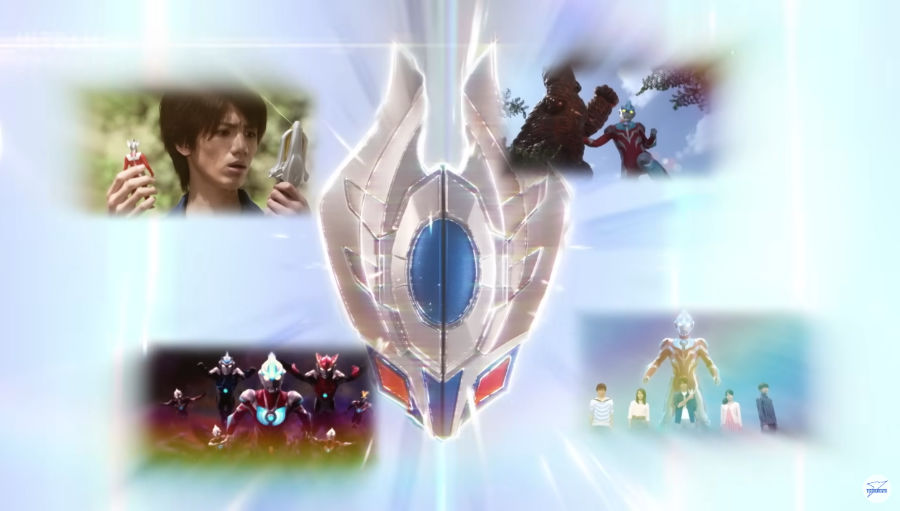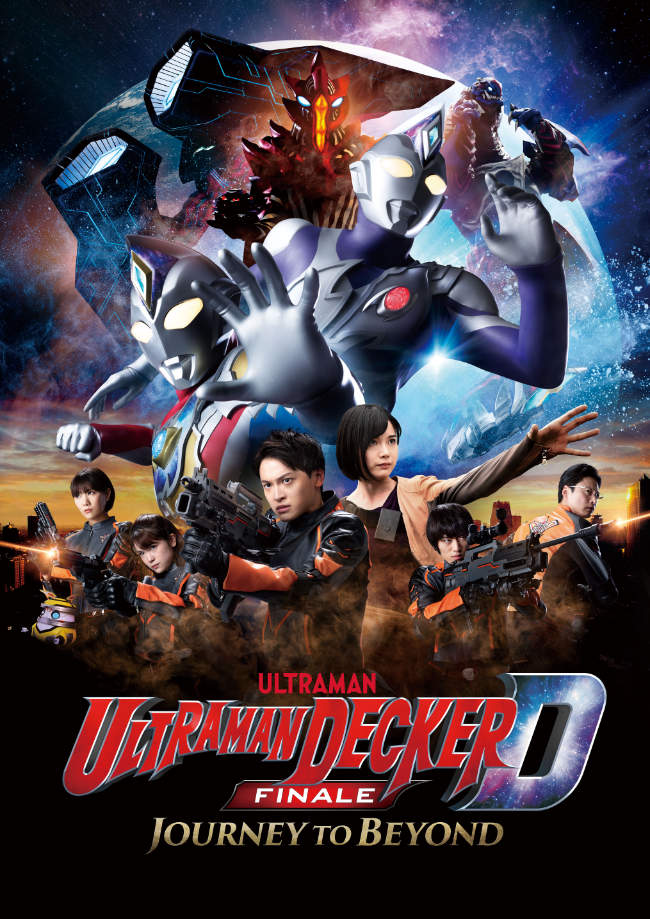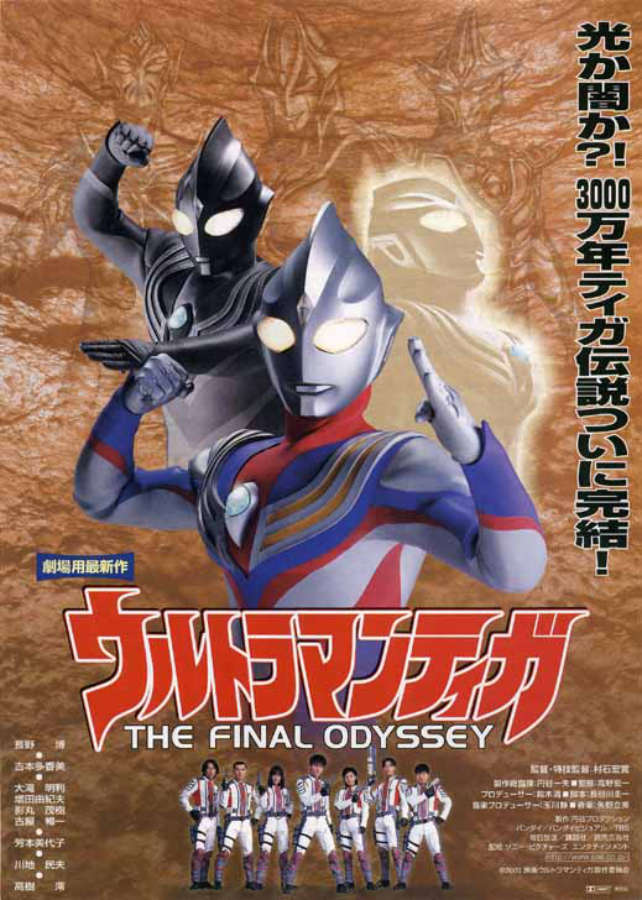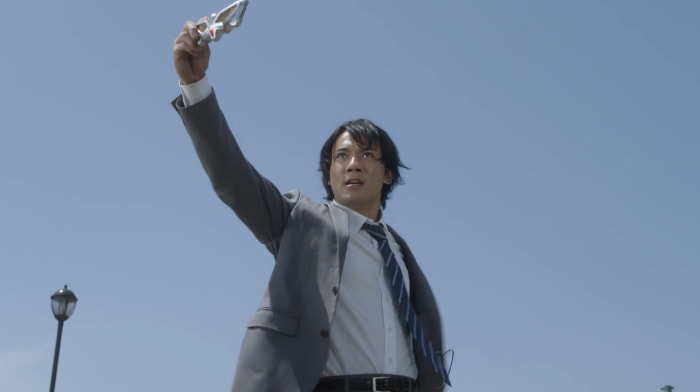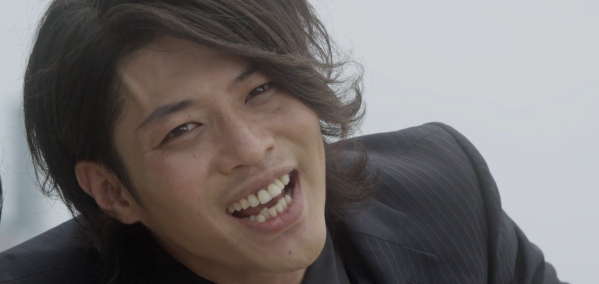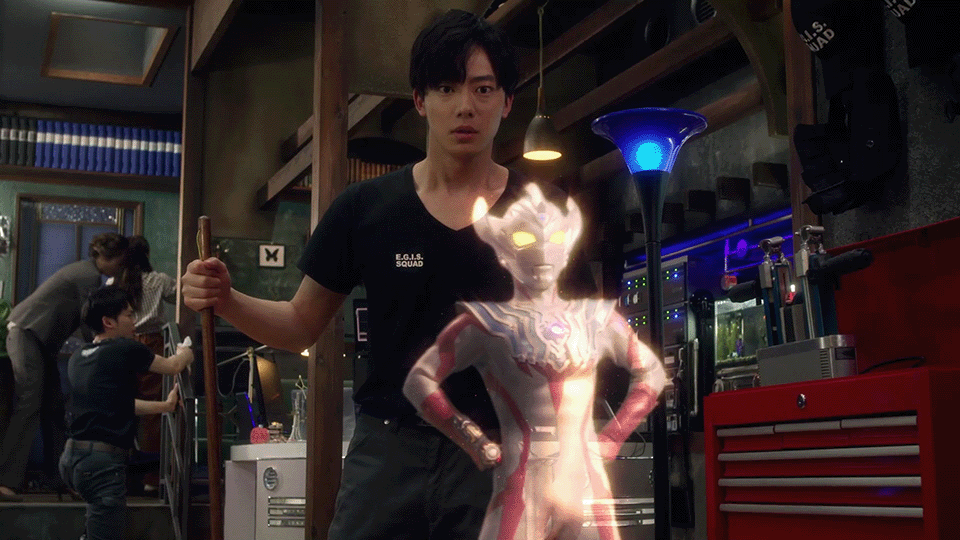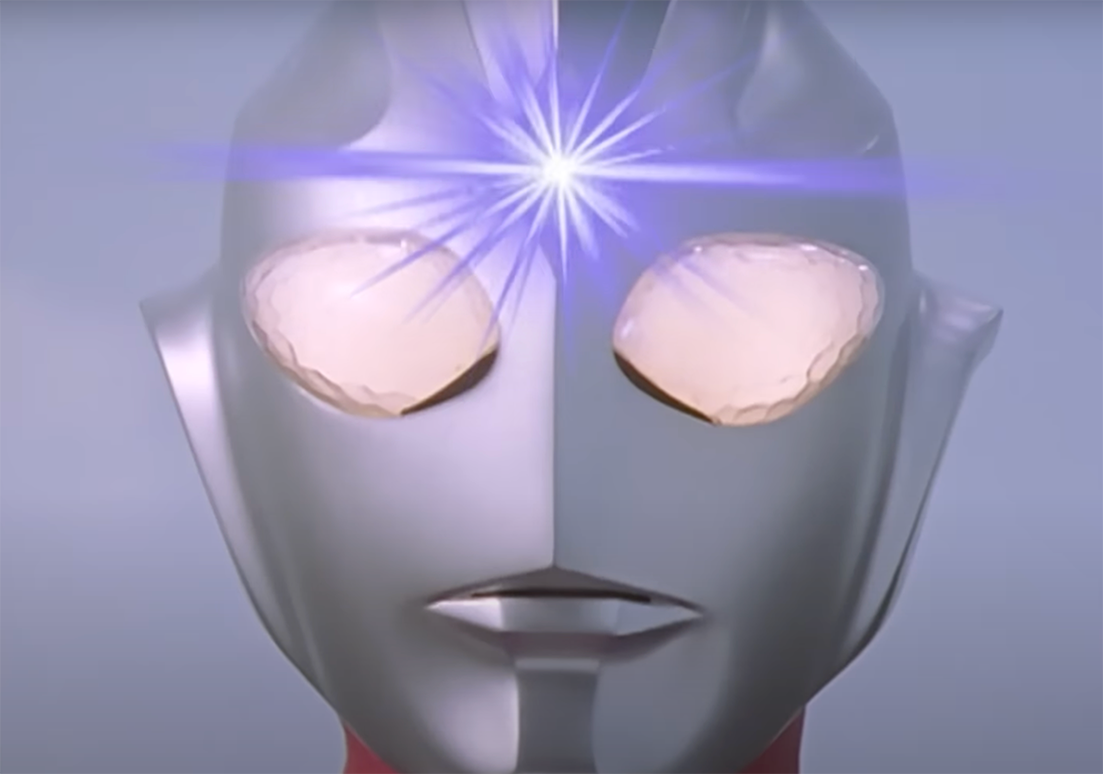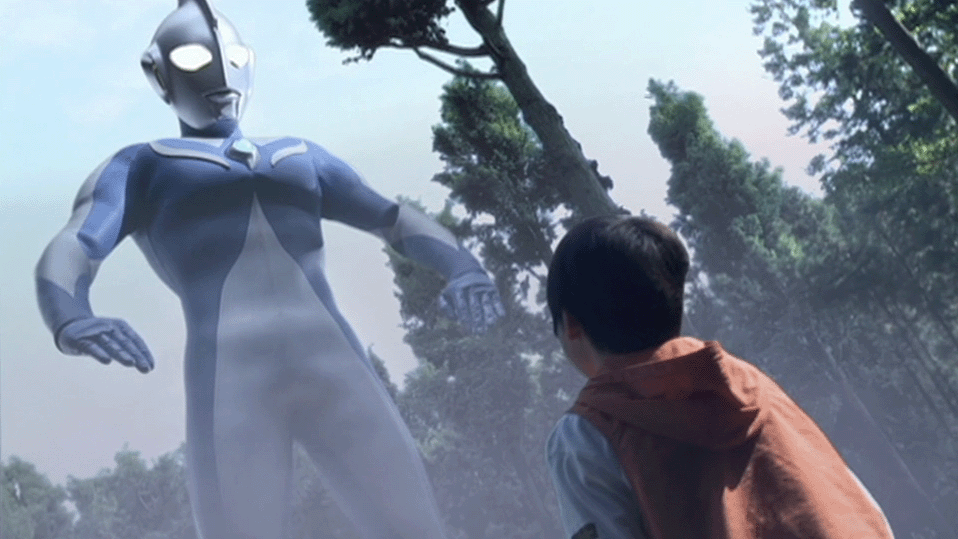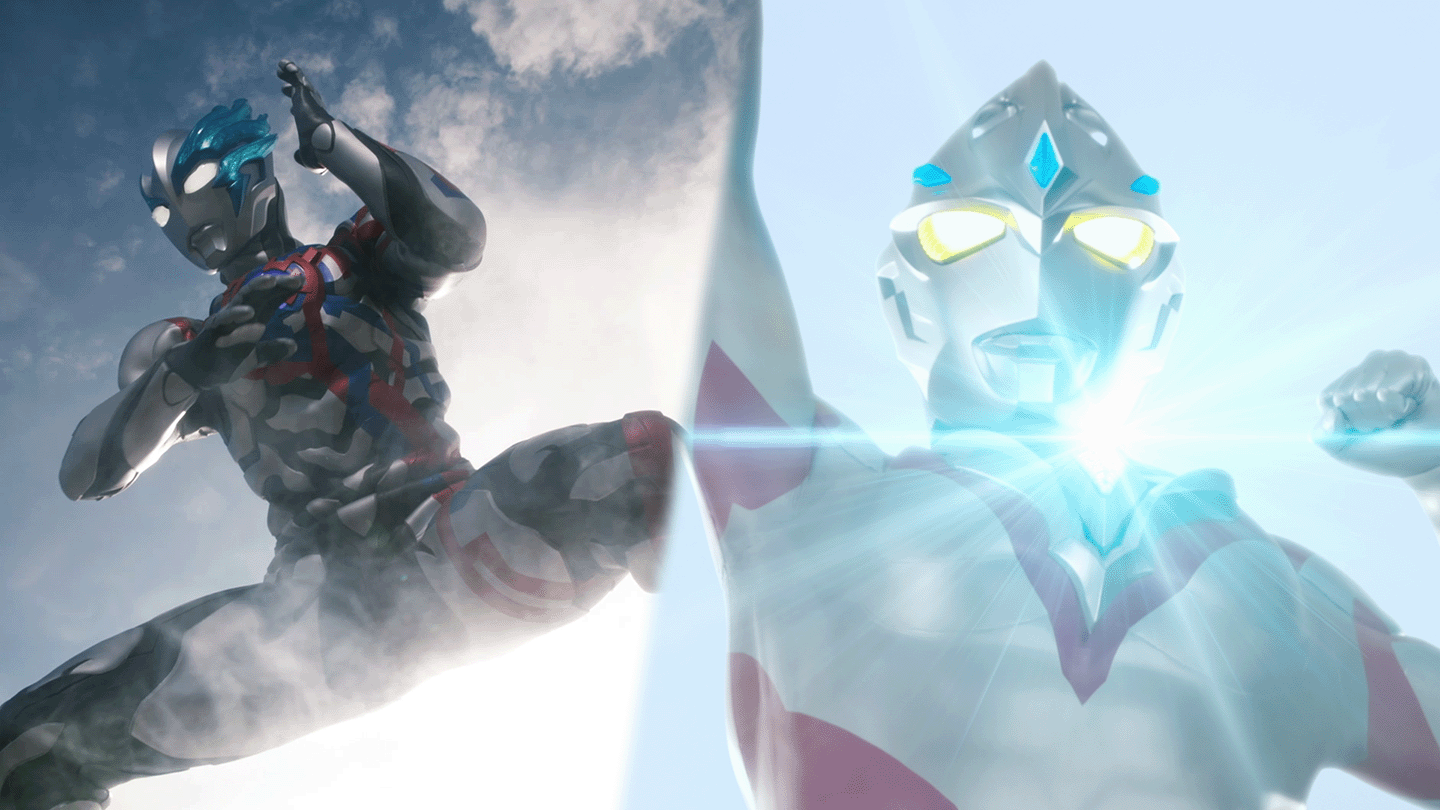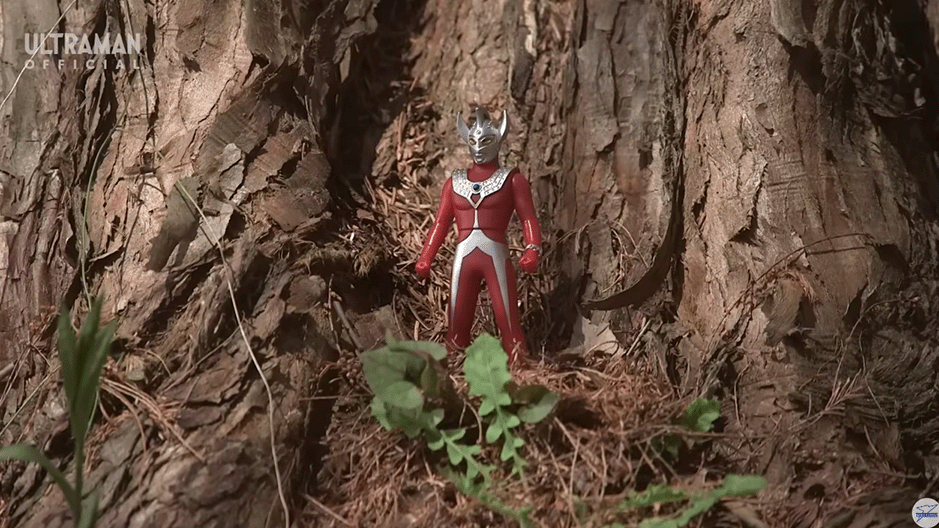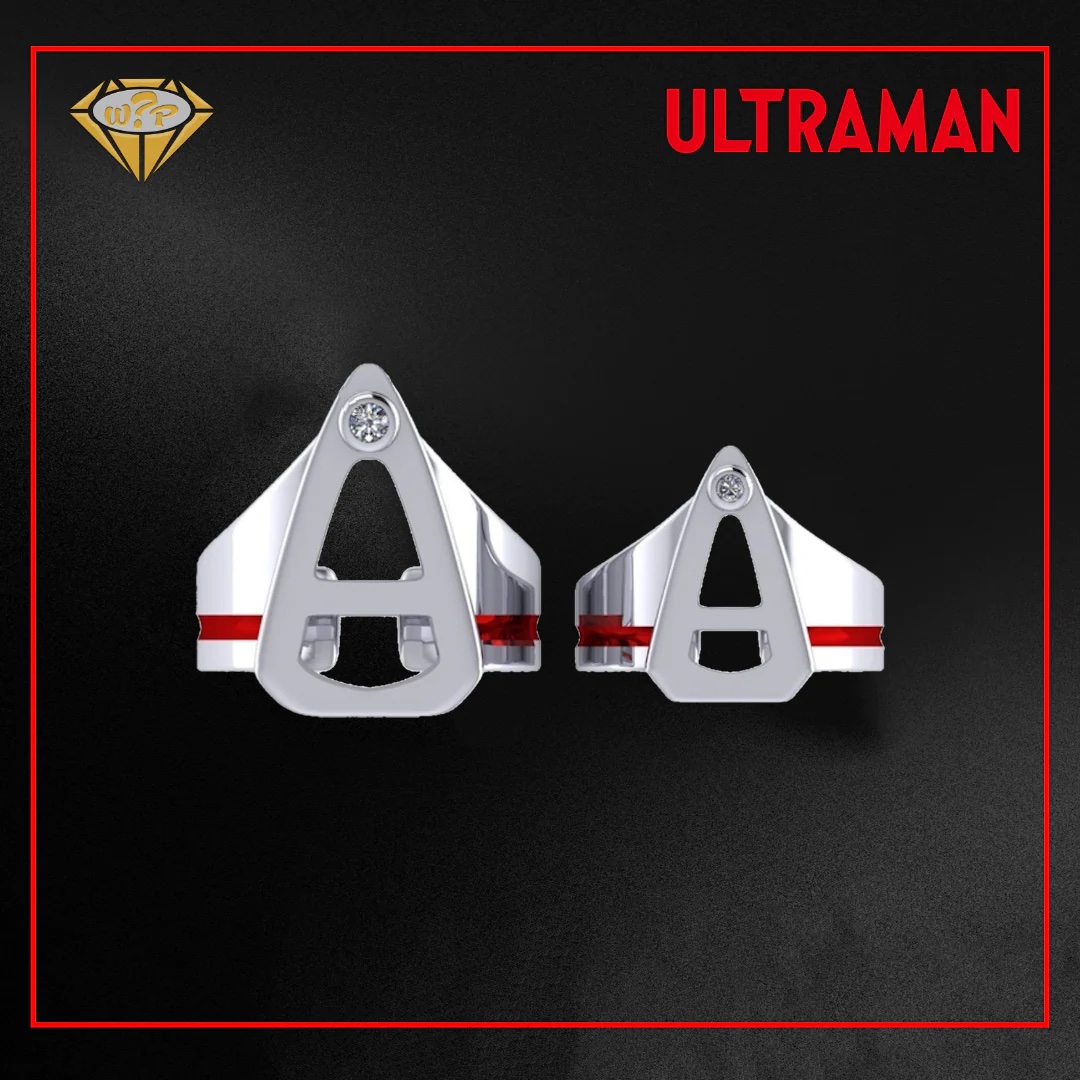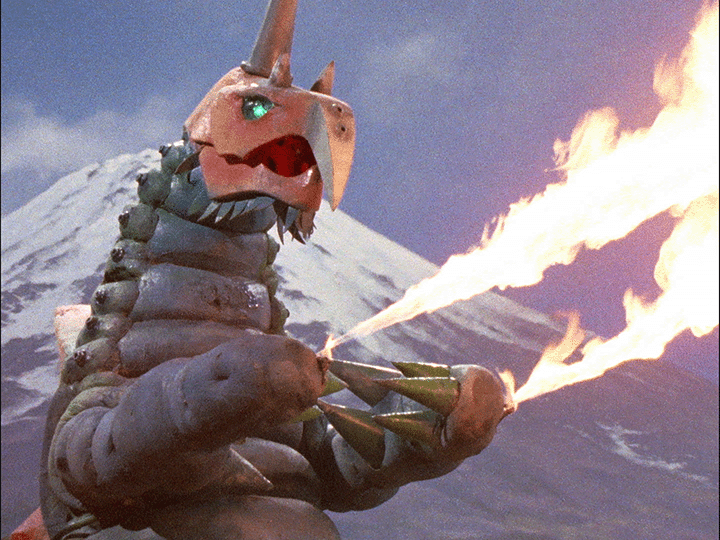“Beginning of Ginga: Town of Falling Stars”
Last week on Ultraman New Generation Stars, a mysterious evil force erased all the knowledge of the Ultras and their battles, leaving the Land of Light without a way to even understand this new threat, let alone fight back against it. However, a device called the “Dimensionizer” was sent from Decker’s future to help them reclaim their history, and hopefully allow them a way to continue their fight into the future.
We started from Ultraman Z’s perspective, who was a bit confused on how that whole process works. He first assumed that to “focus your memories” to recreate the history of the New Generation heroes meant to “recall the names of everyone’s special finishing moves”.
Thankfully, Ultraman Ginga helpfully suggested that the Dimensionzer instead would require personal memories, and so all the New Generation heroes also joined in the effort. This is a battle not won by fighting – or shouting your attack names while making a giant monster explode into fireworks – but by recalling a legacy of their own battles and victories, and those who have fought alongside them.
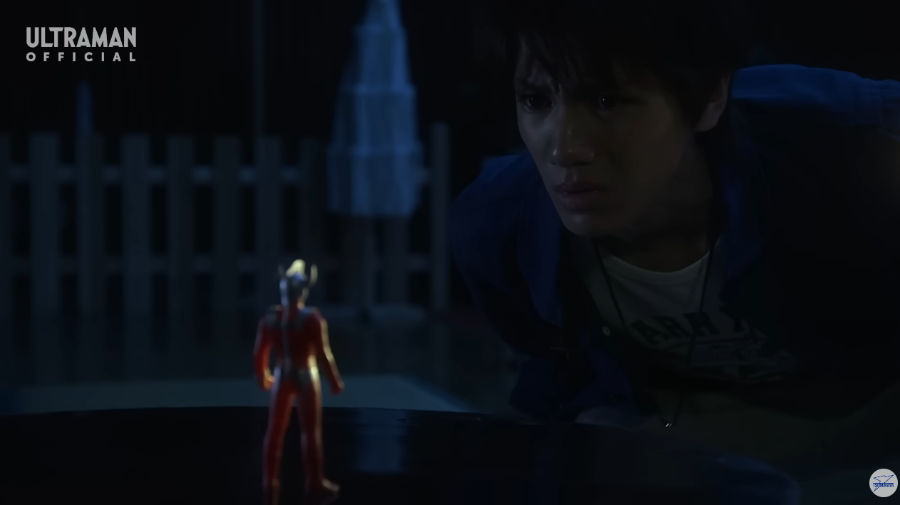
Ginga does exactly that by recalling the events of his own series, and how he – or specifically, his host/animator Hikaru Raido – first encountered the power of Ultraman in his universe. It’s a fitting place to begin with this anthology show, since the Ultraman Ginga series was also the first encounter a new generation of audiences had with Ultraman on network television, after Ultraman Mebius and Ultraseven X finished their runs in 2006 and 2007. Last week, I mentioned that Ginga himself was introduced thanks to an anthology series much like this one. The original “Ultraman Retsuden” show got its foot in the door for the timeslot which would eventually host the Ginga series when it premiered.
One might have expected the return of the franchise to a weekly, serialized show to be a grander affair, but Ginga is an Ultraman story on a much smaller scale.
Literally. The mismatched sizes of the miniature props on the soundstage sets led to the recurring bit of trivia stating Ginga’s “official” size as “micro to infinity”.
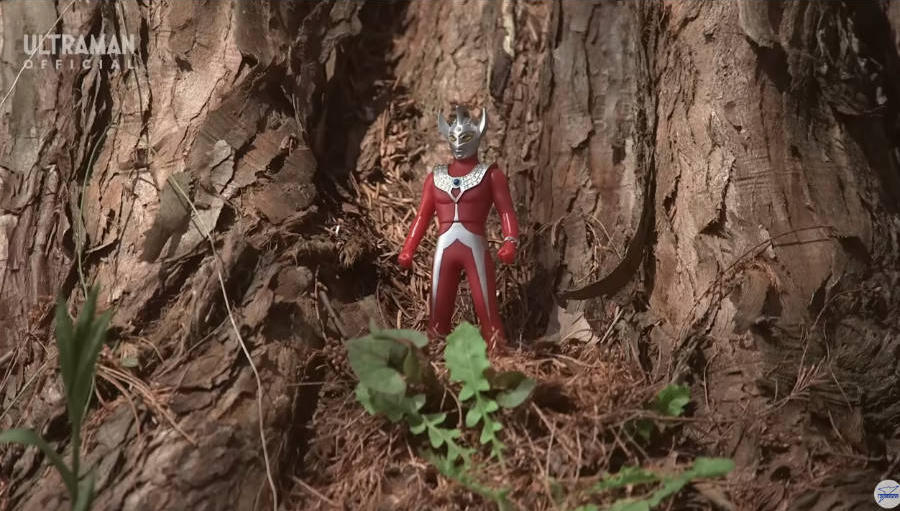
Jokes aside, the show overall has a much smaller, more personal focus in terms of its themes and storytelling. Hikaru himself at the beginning of Ginga was just an ordinary high school student who returned from abroad on a whim, and then found himself embroiled in a cosmic war which literally fell out of the sky onto his hometown.
It’s almost ironic that he was repeatedly called “the chosen one” at the start of this show since Hikaru seemed to accidentally fall into being a hero. He found the Ginga Spark – which enabled him to transform into the eponymous Ultraman Ginga – just out of curiosity and seemed to go along with the rest of this “prophecy” business because it sounded interesting. He had a natural drive for adventure, and even stated his dream in this first episode was just to continue to adventure and find a “new world”.
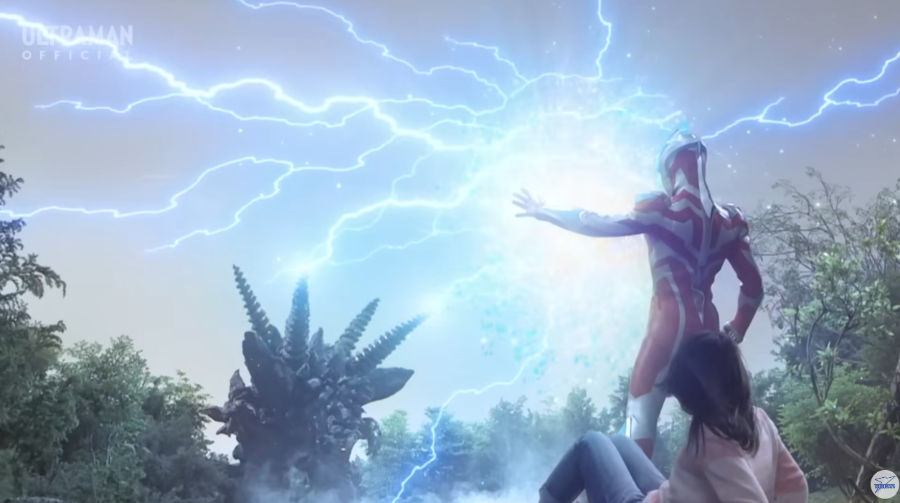
His wanderlust might have tripped him into the circumstances of this new cosmic battle between light and darkness, however it’s not why he eventually became Ginga. More than just wanting to travel, Hikaru had an even deeper, stronger impulse as a character, a drive to protect other dreams. He first discovered the power of Ginga and used it to “Ultlive” or transform into Ultraman, because he wanted to protect his childhood friend, Misuzu and her own hopes for the future.
What is that dream, that hope that Hikaru considered to be so special and powerful that he put his life in danger to save her? She wanted to become a confectioner.
That scene, and the characters who came together in this opening fight, really defined the themes of Ultraman Ginga. The other dreams that the audience saw throughout the show were also small, but deeply treasured by each of the individuals who held them. Dreams to become an idol, a photographer, dreams to protect the memory of an elementary school after it closed down.
Dreams to become big again.

Of course, we can’t talk about Ginga without talking about Ultraman Taro. The Sixth Ultra Brother was already one of the most popular classic Ultra heroes at the time this show was made, but the year Ultraman Ginga aired also coincided with his own show’s 40th anniversary. The decision to include Taro as Hikaru’s mentor was obvious – and a welcome addition, he’s one of my favorite parts of the series.
I had already seen Ultraman Mebius before I got around to watching Ginga for the first time, so I was familiar with his role as a teacher for other Ultra Heroes. However, I was not prepared for how much of a goofball he could be, particularly when he was stuck as a soft vinyl “sofubi” toy and couldn’t even fight with his own strength.
The recap we see in this episode of New Generation Stars really focuses a lot on how much comedy you can get from chucking a toy around on camera, and the whole run of Ginga is chock full of those gags. Not to mention, the “Spark Dolls Theater” shorts which followed up many of the episodes. Tiny vinyl toys with funny voices are just comedy gold, I guess, and make me want to go out and buy a whole bunch of them in one swoop. Maybe that’s the real secret for why the New Generation era has been successful.
…Anyway, If you have read my thoughts on Ultraman Ginga up to this point (and have not watched the episode yourself) you might think that the show is just a goofy little soap-opera with prominent product placement, only dealing with small concerns which are disconnected from the larger ideals of Ultraman. That couldn’t be further from the truth.
On the contrary, that smaller scale was the whole reason why I enjoyed watching Ginga so much! The small dreams and personal challenges faced by each of the characters are not distractions from the focus on Ultraman, they are the entire reason Ultraman exists in the first place. As I said earlier, Hikaru’s desire to protect the dreams of others becomes his strength as Ginga. That strength enables his friends and other individuals to find their own strength to pursue their dreams. It also literally becomes the strength necessary to defeat the darkness personified by the main threat in this series – Dark Lugiel.
And of course, it becomes the strength which finally – spoiler alert – allows Ultraman Taro to become big again.
In short, Ultraman Ginga established the New Generation era with rather humble beginnings. But it starts things off on the right foot. The more intimate, personal focus on the importance of Ultraman in one’s own life, proved to be a sturdy foundation for the rest of the New Generation to follow. It created its own emphatic identity which distinguished itself from its predecessors, without forgetting their examples or misunderstanding where the heart of the franchise truly lies.
If nothing else, this recap episode made me want to sit down and go re-watch the entire series again, so I might just do that later today. Maybe Ultraman Ginga S too since that’s where the show is taking us next week! Until then, I hope to see you in the future, right here at Ultraman Connection!
